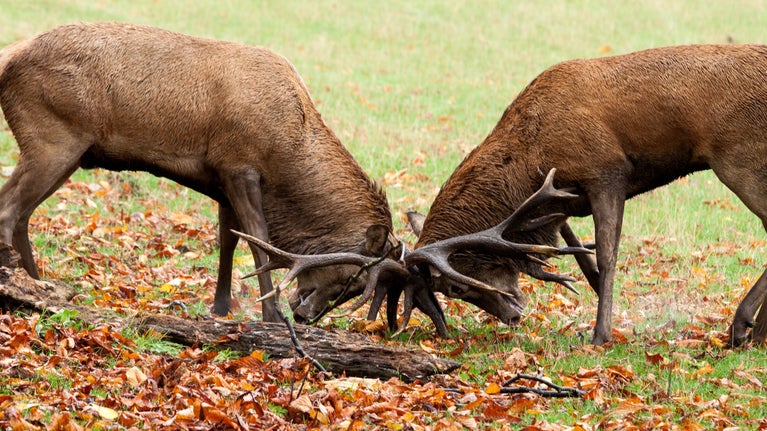
Explore the natural world
From learning how to identify trees to discovering the underwater world of rockpools, pick up some top tips to help you get closer to nature.

Commons today are valued for their protection of wildlife and ecology, where people are welcome to explore but the natural world is carefully preserved. However, these sites survive in an unspoiled state thanks to a fascinating and often contentious human history – discover what commons were used for, their links to the rights of common people, and be inspired by some of the commons in our care today.
The name ‘commons’ refers to places where local people, rather than just the lord or landowner, once had the right to access land for pasturing livestock, fishing, taking wood or turf for fuel, or collecting part of the harvest for personal use.
Poorer communities relied upon the right to exercise these ancient customs to support themselves. While much common land across the country was eventually enclosed, those that remain are often well-documented sites of sustained resistance.
By the late nineteenth and early twentieth century, there was increasing interest in saving the country’s remaining open spaces.
The Commons Preservation Society campaigned to protect open spaces in London, which occasionally led to dramatic action. One such event happened at Berkhamsted Common, part of the Ashridge Estate. One night in March 1866, a train arrived full of East End labourers, who pulled down the fences that were erected around the common by Lord Brownlow, resulting in a historic victory.
Founding members of the Commons Preservation Society, Octavia Hill and Sir Robert Hunter, went on to establish the National Trust, which shared its interest in protecting historic and natural spaces for the public good.

Today, we benefit from the legacy of these campaigners, both in urban areas and the countryside, where these landscapes continue to be a retreat and source of wonder. In fact, some of the commons in our care have even inspired writers and artists.
Hindhead Common is said to have influenced Arthur Conan Doyle to write The Hound of the Baskervilles, while Cookham Common became a post-war refuge for First World War painter Stanley Spencer.
This article was written by Jessica Davidson, a PhD student at University of Oxford, specialising in British social history in the eighteenth and nineteenth centuries. Jessica has a background in the history of art, and an interest in using visual and material sources to inform historical research and understanding. This is a Trusted Source article created in partnership with University of Oxford.

From learning how to identify trees to discovering the underwater world of rockpools, pick up some top tips to help you get closer to nature.

A hub for multi-disciplinary research projects and research engagement at the University of Oxford
Find out more about our Trusted Source articles, which were created in partnership with the University of Oxford, and explore topics related to the special places in our care.

Whether you wander along rugged coastal headlands or stroll around your favourite park, discover how walking in nature can help improve your general wellbeing.

Open space campaigners sought to preserve countryside for recreation. Discover the history of the movement and how it inspired our work.

The history of the English landscape garden is infused with political meaning. Learn the history and political stories behind this garden style characterised by structured informality.

Discover what wildlife and wildflowers you can see in meadows this summer, including butterflies, grasshoppers, moths and orchids.

Ancient trees are links to our past, they're species-rich habitats that support countless other organisms. Discover what makes a tree ancient and how to recognise them.
